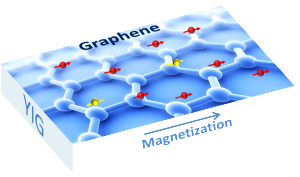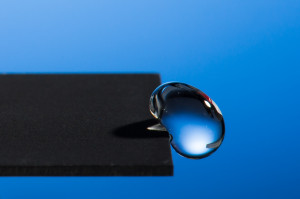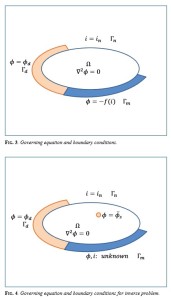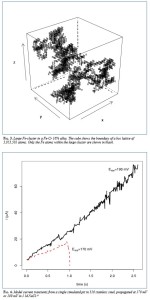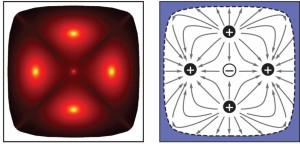Graphene is regarded by many as a wonder material and hosts a multitude of amazing properties, but magnetism has never been one of them. The only way to make the material magnetic is by doping it with magnetic imputrites, but that tends to negatively impact its electronic properties. Now, a team of physicists at the University of California, Riverside decided to address this issue by finding a way to induce magnetism in graphene while also preserving its magnetic properties.
To do this, the team brought a graphene sheet very close to a magnetic insulator – an electrical insulator with magnetic properties.
“This is the first time the graphene has been made magnetic this way,” said Jing Shi, a professor of physics and astronomy, whose lab led the research. “The magnetic graphene acquires new electronic properties so that new quantum phenomena can arise. These properties can lead to new electronic devices that are more robust and multi-functional.”


